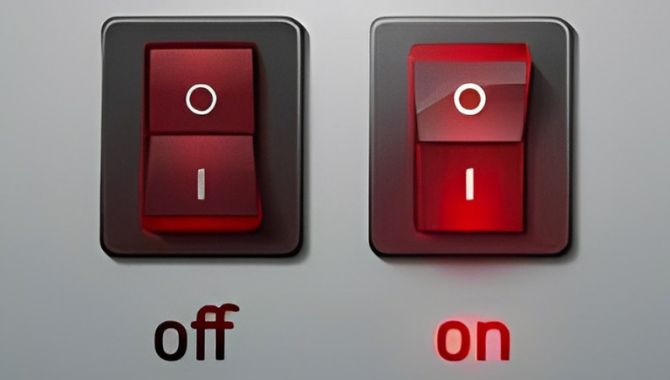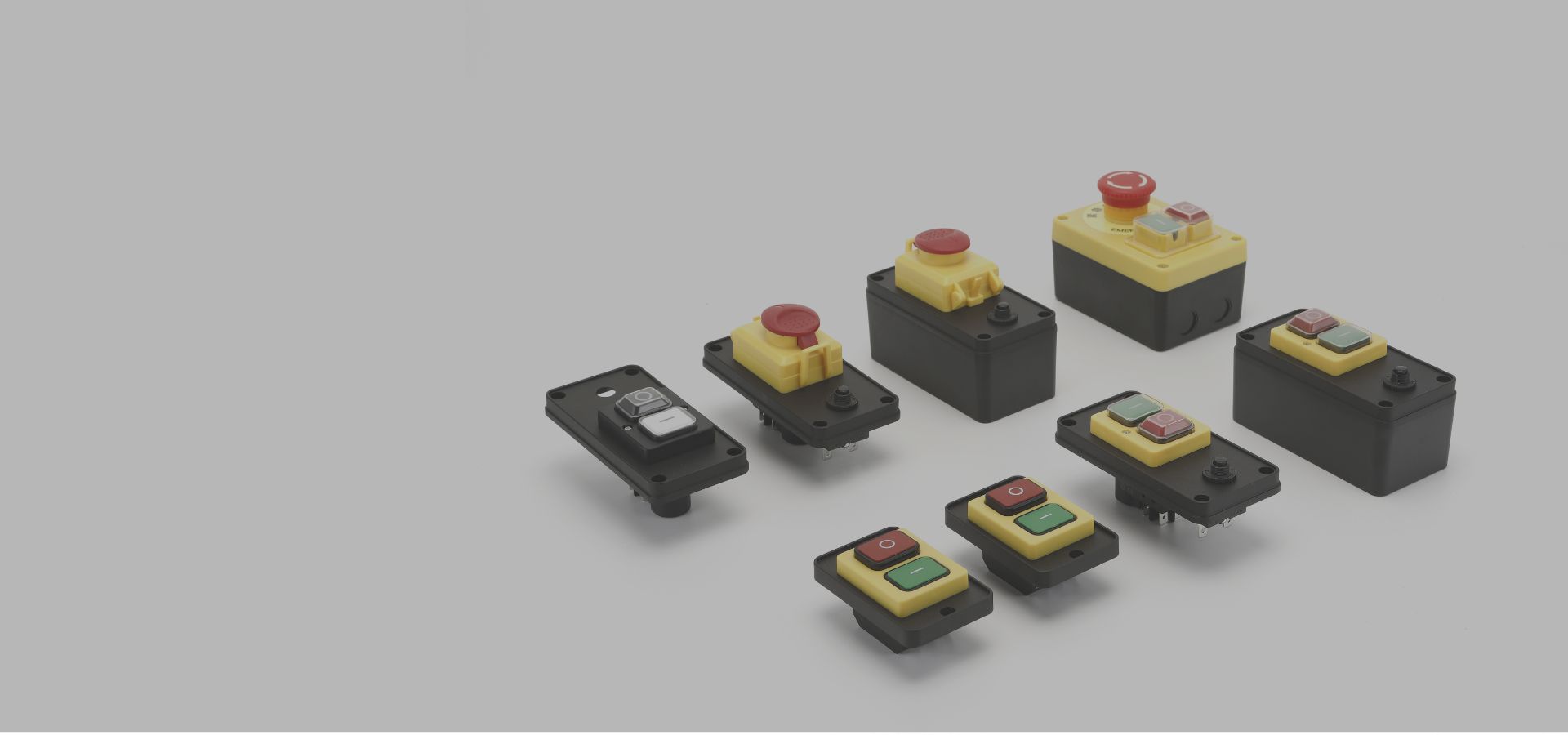Have you ever wondered about those simple yet ubiquitous symbols on power switches? The “I” and “O” markings that appear on countless electronic devices, from computers to household appliances, carry a fascinating history rooted in wartime necessity and international standardization efforts. Understanding these symbols provides insight into both electrical engineering principles and the evolution of user interface design.

The Basic Meaning Behind the Symbols
At its most fundamental level, the power switch symbols are elegantly simple: “O” represents power off, while “I” represents power on. This binary representation creates an intuitive visual language that transcends linguistic barriers, making electrical devices accessible to users worldwide regardless of their native language.
The “O” symbol can be conceptualized as an abbreviation for “off” or “output,” indicating that the device is disconnected from power or that no electrical output is occurring. Conversely, the “I” symbol represents “input” or can be thought of as meaning “enter,” signifying that power is flowing into the device and the circuit is active.
The Binary Logic Foundation
The genius of these symbols lies in their connection to binary logic, the fundamental language of digital systems. In binary code, which forms the backbone of all modern computing, 0 represents false or off, while 1 represents true or on. The visual representation of these concepts through “O” (resembling the number 0) and “I” (resembling the number 1) creates an immediate cognitive connection between the physical switch and its digital function.
This binary relationship makes the symbols particularly memorable and logical. When a switch is positioned at “I,” it indicates the on position, meaning the electrical circuit is closed and power is flowing. When positioned at “O,” it indicates the off position, meaning the circuit is open and no current is passing through.
Historical Origins: A Wartime Innovation
The development of these standardized symbols has its roots in the practical challenges faced during World War II. Military operations required electrical equipment that could be operated reliably across different branches of service—army, navy, air force, and logistics—and by personnel from various allied nations.
The critical challenge was creating a universal identification system for switches that would allow soldiers and maintenance workers from different countries to recognize and operate equipment correctly after receiving only minimal training. Language barriers and the urgent need for equipment interoperability demanded a solution that transcended verbal communication.
An innovative engineer recognized that the internationally accepted binary code system could solve this problem. Since binary “1” universally meant “on” and “0” meant “off,” adapting these concepts into visual symbols would create a truly international standard. This insight led to the adoption of “I” and “O” as the standard markings for power switches.
Official Standardization and Global Adoption
The transition from wartime necessity to global standard occurred in 1973, when the International Electrotechnical Commission (IEC) officially recommended the use of “I” and “O” as symbols for power on-off cycles in their technical specifications. This recommendation was subsequently incorporated into the IEC 60417 standard, which governs on/off switch markings worldwide.
According to the standard, the “I” symbol (represented as a straight line) signifies that the electrical circuit is closed and power is flowing through the device. The “O” symbol (represented as a circle) indicates that the circuit is disconnected and no power is flowing. These visual cues provide users with immediate feedback about the operational state of their devices.
Technical Implementation and Variations
While the basic meaning of these symbols remains consistent, their physical implementation can vary depending on specific equipment standards and regional requirements. Some technical guidelines specify that the “I” symbol should be installed in a vertical position to clearly signify the ON state, ensuring maximum visual clarity and preventing confusion.
The orientation and placement of these symbols are carefully considered in product design to enhance user experience and safety. The intuitive nature of the design ensures that users can operate switches with confidence, knowing exactly what state their device will be in after activation.
The Role of Switches in Modern Electrical Design
Understanding the “I” and “O” symbols becomes even more meaningful when considering the fundamental role of switches in electrical product design. A switch essentially acts as a gatekeeper for electrical circuits, managing the flow of electricity through a system.
When a switch is in the “I” position, it completes the electrical circuit, allowing current to flow and powering the connected device. This closed circuit state enables the device to function as intended. Conversely, when the switch is moved to the “O” position, it breaks the circuit, stopping the flow of current and effectively turning the device off.
This simple yet crucial function makes switches indispensable components in virtually all electrical appliances and electronic devices. They provide users with a safe and user-friendly means to control electrical connections, adding both convenience and flexibility to device operation.
Conclusion
The “I” and “O” symbols on power switches represent far more than simple on/off indicators. They embody a remarkable convergence of wartime innovation, international cooperation, and engineering elegance. Born from the practical needs of World War II military operations, these symbols have evolved into a universal language that enables billions of people to interact confidently with electrical devices every day.
Their foundation in binary logic creates an intuitive connection between physical action and digital function, while their standardization through the International Electrotechnical Commission ensures consistency across global markets. As we continue to live in an increasingly connected and electronic world, these simple symbols remain as relevant and essential as ever, proving that sometimes the most effective solutions are also the most elegantly simple.
The next time you flip a power switch, take a moment to appreciate the rich history and thoughtful design behind those two simple symbols—a testament to human ingenuity and the power of international collaboration in creating solutions that benefit everyone.



